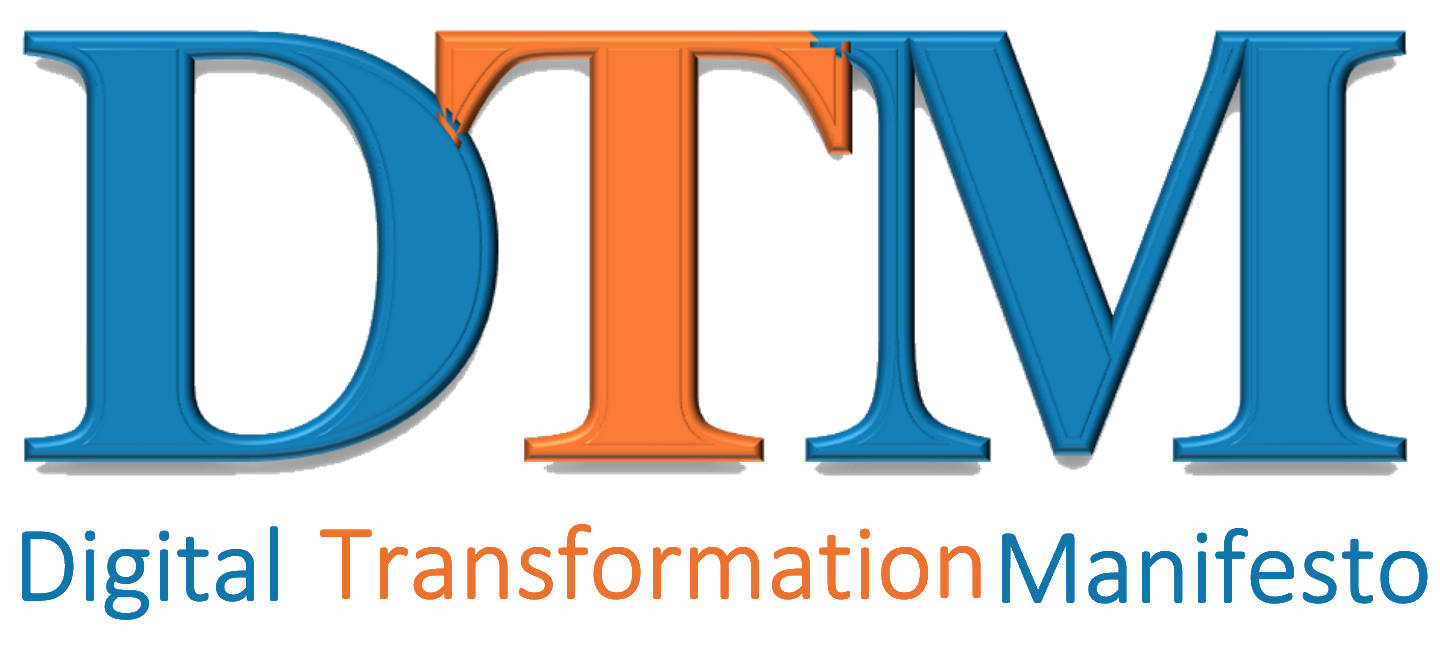This is the second of 8 articles describing the tenets of the Digital Transformation Manifesto. Proactively Embrace Change is the first tenet.
The second tenet of the Digital Transformation Manifesto is, “We have the agility to pivot quickly.” Speed is exhilarating. We love fast cars, fast boats, fast planes, fast bikes, even fast horses. But speed can also be frightening when we lose control. Digital transformation is changing our industry and society, and it is changing fast. If we can keep ourselves in control, that speed is exhilarating, if not it is frightening and likely will lead to a crash.
The capability of digital technologies is constantly increasing at a rapid pace. Computer processes speed doubles every 18 months. Memory doubles every 12 months. The internet is expanding at the rate of 30% per years. Add to that the rapid increase in availability and capability of digital technologies like artificial intelligence, internet of things, virtual reality, and connected platforms. The rate of technical change is fast and accelerating.
Then think about the industries affected and the changes that have happened in the past few years. Banking, publishing, and entertainment are primarily online now. The retail industry focus has changed to virtual marketing and delivery systems instead of store fronts and square footage. The transportation and hospitality sectors are being transformed to self-service instead of relying on travel agents. Automobiles and home appliances respond to voice commands and tell us when the need maintenance. Manufacturing lines have been automated and education is now virtual. Almost every sector of society is undergoing profound change. Some elements are quickly becoming obsolete as whole new products, services and interactions are created.
With rapid change happening everywhere, you and your organization must decide whether to be proactive in your approach or to become victims of digital transformation. To be proactive, you must develop the personal and organizational skill to pivot quickly. That means a regular sensing of both your industry and technology with rapid responses to what is happening. Whether the changes are positive or negative, you can direct your destiny.
Pivoting quickly and effectively does not just happen. It is a skill set that must be developed. It is a new muscle to be built up and trained. On the one hand, the infrastructure must be configured using “standard” building blocks that can be disassembled and reassembled for a new capability in very little time. The senior leadership decision-making process must be faster than the annual strategic planning session. Performance must be tracked in real-time and decisions made as soon as there is enough data to make a valid decision. And implementation must be accomplished with Agile teams rather than traditional top-down control by project leaders and a project management team that ponderously plans and implements the projects over months and years. The project must now be identified, planned, and implemented in days and weeks.
As an example, let’s consider the ride-sharing business, Uber. Uber as a company was enabled by digital transformation. The creation of the smartphone as a platform for the Uber app and the processing power of cloud computing were the critical digital technologies for Uber to be successful. But then the COVID-19 pandemic occurred, and Uber was in trouble. With everyone on lockdown, no one needed a ride. So, it was time to quickly pivot. Although everyone was locked down, they needed to eat. Uber pivoted from a focus on ridesharing to Uber Eats.
The agility to pivot quickly is a tenet of the Digital Transformation Manifesto. However, it is only one of eight fundamental tenets. This tenet is a an organizational skill to be developed and honed.
In my next article, we will be exploring Creating Purpose-based Value.![]()
Tag/s:Business TransformationDigital EnterpriseDigital EraManifestoOrganizational Change






Trackbacks/Pingbacks